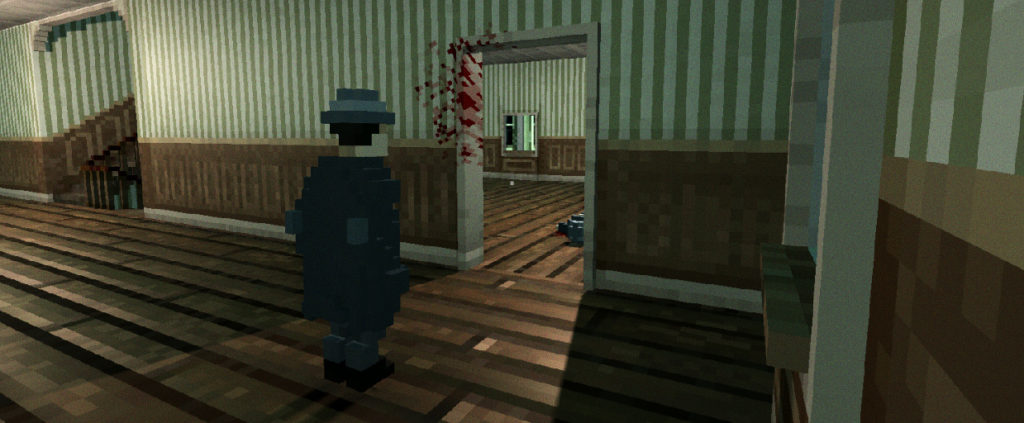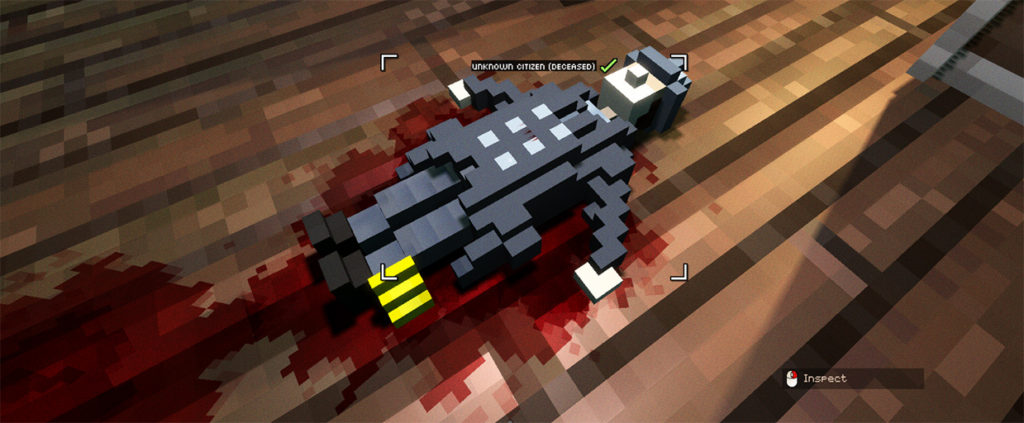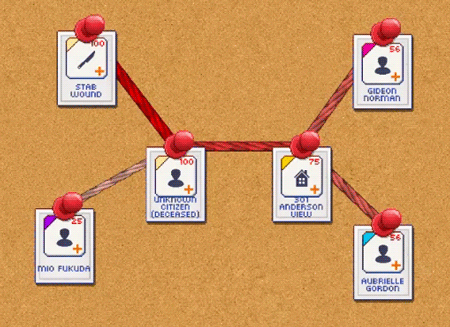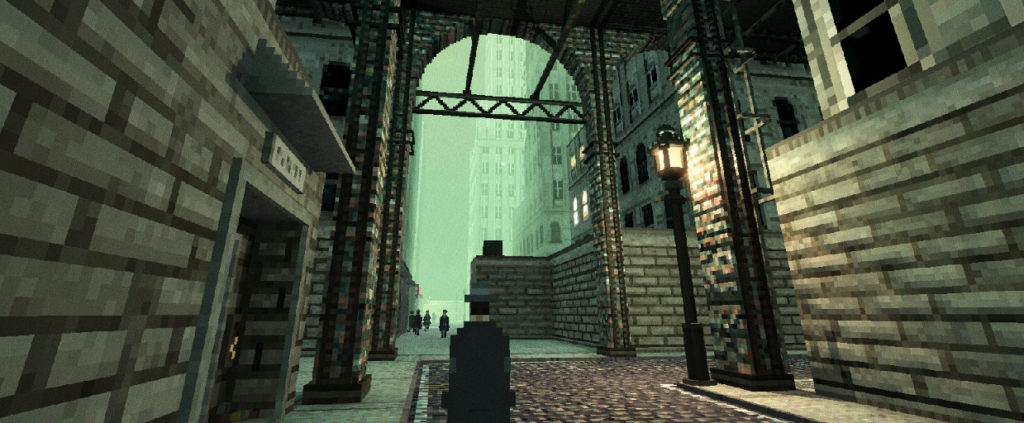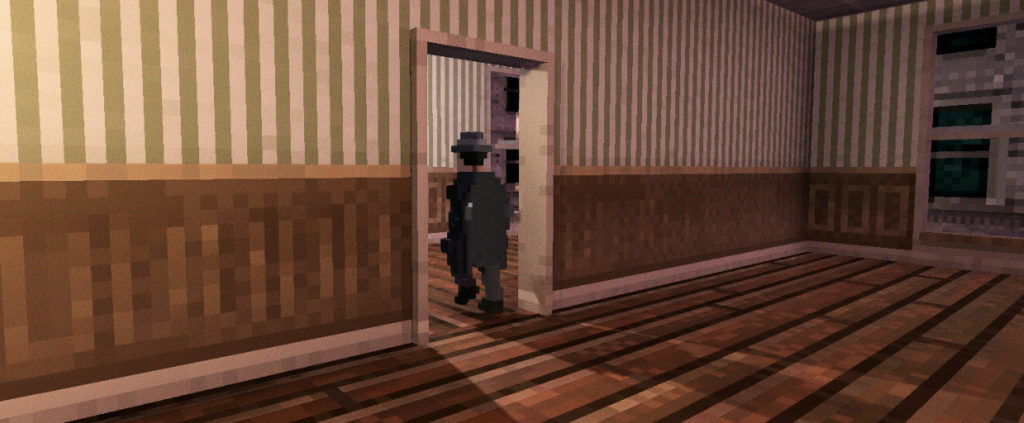LESS T_T
Arcane
- Joined
- Oct 5, 2012
- Messages
- 13,582
![The Year of Incline [2014] Codex 2014](/forums/smiles/campaign_tags/campaign_incline2014.png)
https://shadows.game
https://af.gog.com/en/game/shadows_of_doubt?as=1649904300

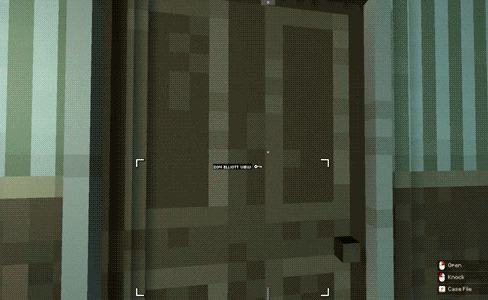
https://af.gog.com/en/game/shadows_of_doubt?as=1649904300


An open world stealth game with a whole city of secrets at your fingertips!
Shadows of Doubt is set in an alternate reality hyper-industrialized 1980s, where the government outsources police work to private corporations and contractors. You play the role of a private intelligence investigator, making money by finding and selling information.
The capture of the rampant serial killer carries a hefty bounty, but who knows what secrets you’ll find along the way. In this world of secrets & lies, information is power, and the cards you hold are determined by how far you’ll go to acquire it.
Break into apartments, rifle through secret documents and hack security systems. The entire world is fully simulated. Each citizen has an apartment, a job, a daily routine, favorite things to do, places to go, and people to interact with. Uncover this knowledge and use it to your advantage!
Features
- Every room in every building is able to be explored. Lose yourself in an incredibly detailed sci-fi/noir world.
- Open-ended gameplay: How you achieve your objective is up to you. Choose where to go and who to pursue.
- A Powerful blend of procedural generation and hand-crafted design will mean your city, it’s buildings, addresses and citizens will be completely unique to your game experience -but not feel random.
- Follow the main story to hunt down a serial killer. It could be anyone, hiding anywhere...
- Dig into the lives of hundreds of simulated citizens to earn extra cash. Secrets are valuable, and everyone has them.
- Locking-picking, hacking, sneaking, climbing. Level up your skills and become a master of stealth.
- Earn enough to upgrade your own apartment and home office, or even purchase a new one.
- Incredible film-noir soundtrack.
Last edited by a moderator:








